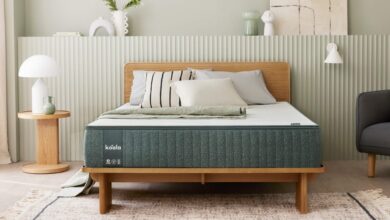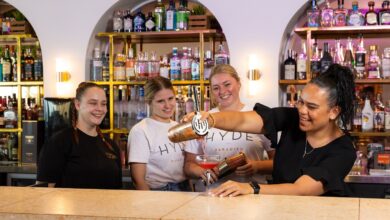
Ancillary Revenue – Opportunity or Annoyance?
Op-Ed: How does this concept apply to the accommodation industry? By Martin Hadfield
“Would you like fries with that?” Fries are perhaps the most well-known example of ancillary revenue. It can be simply explained as revenue generated from items that are not a core product. So, how does this concept apply to the accommodation industry?
Ancillary revenue is also known by names like add-ons, or cross-selling. Its use has moved way beyond the fast-food industry and this practice is now bombarding consumers everywhere they reach for their wallets. From clever product positioning on supermarket shelves to online advertising suggestions and charging for inflight meals, this sales technique can be widely found in both the real and virtual worlds.
But getting the balance right can be a fine art. You don’t want your customers feeling like they are constantly shelling out extra money just to get a basic service. Imagine going to stay at a hotel and having to pay extra for soap, towels, and toiletries? After already coughing up a hefty price for the room, it’s not hard to sympathise with the guest’s likely reaction.
Perceived value is a big part of the story so perhaps a bathroom amenities menu of high-end designer products and/or natural and a sensitive skin-care range that allows the guest choice to customise their amenities pack prior to and during their stay may be perceived as an enhancement to their experience and one which they will gladly pay for.
Managed well, sources of ancillary revenue can not only boost profits, but also expand the facilities on offer, increasing guest satisfaction and ultimately driving up the amount you can charge.
Yes, people will pay more, for the opportunity to conveniently spend more.
The accommodation sector is by no means a newcomer to ancillary revenue and many traditional sources of ancillary revenue will be very familiar. However, nowadays some of these traditional channels are becoming less relevant. For instance, room service now has to compete with alternatives like delivery apps that are growing in popularity and taking a ‘slice of the pie’.
So, how do you decide what’s best for your business? How do you select what to offer? The range of ancillary revenue opportunities is vast and limited only by your imagination. Most add-ons fit into one of five categories.
Food and beverage
Transport and parking services
Leisure activities
Business facilities
Wellness services
How do you match your add-ons to complement the style of your property? Are you going for a local, rural ambiance or a modern inner-city vibe? Are there local artisans and producers you could partner with to add a unique flavour? Who are your customers? Is the product you are offering something that should be offered at check-in or during the booking process?
Ancillary revenue is well worth the time to investigate. Not only can it generate additional revenue, but if it’s done right, your guests will thank you for it.
Martin Hadfield is currently a Senior Pricing Analyst and columnist for ARMA – Australian Revenue Management Association. His experience includes roles as Manager, Commercial Planning at Qantas Airways Limited and Finance Manager, Commercial Contracts with Department of Transport and Main Roads. Martin is a published author, speaker, and freelance writer on a variety of topics including aviation.
Martin Hadfield is currently a Senior Pricing Analyst and columnist for ARMA – Australian Revenue Management Association.
His experience includes roles as Manager, Commercial Planning at Qantas Airways Limited and Finance Manager, Commercial Contracts with Department of Transport and Main Roads.
Martin is a published author, speaker, and freelance writer on a variety of topics including aviation.







